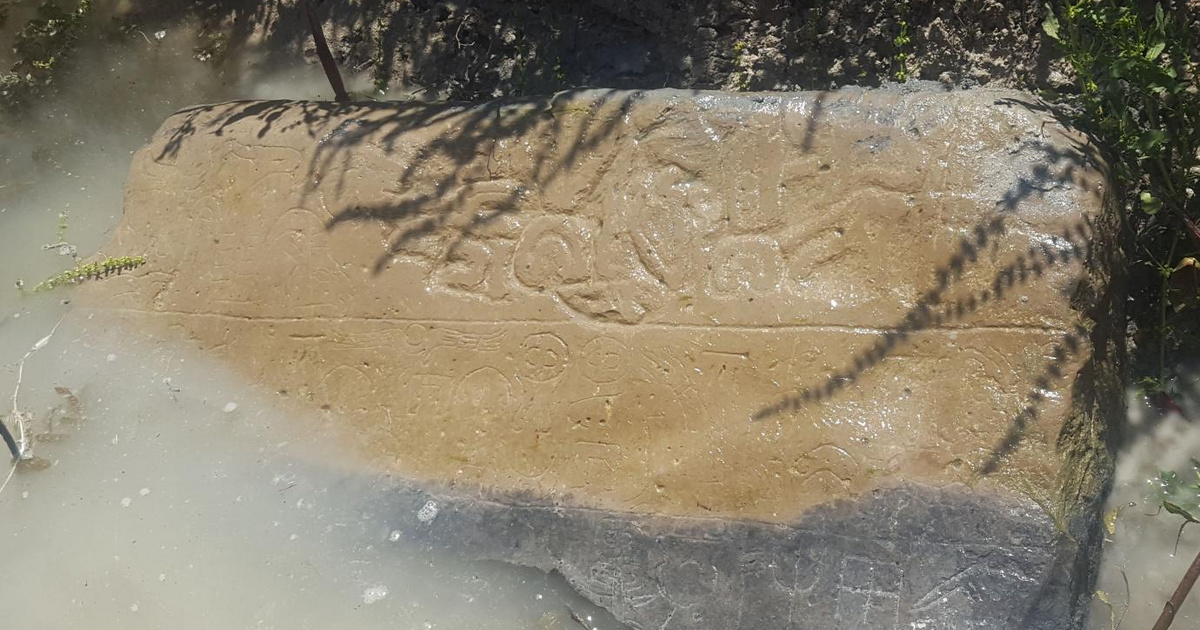It was known, for example, that the king of Greek mythology, Midas, who, due to his stupid request, turned everything into gold, so that in the end he almost starved, was a real person.
As a king of Phrygia in Asia Minor, he ruled sometime in the early Iron Age, about 3,000 years ago in Asia Minor, the present-day kingdom of Turkey. Many rulers of the empire were also called midas, or meta, and the science of history traditionally associates the history of the golden touch with the first king.
However, the stele, a large stone slab covered with text, discovered in 2019 from a freshly dug irrigation canal, sheds great light on the story of a king best known for his extraordinary wealth at the time. The text written in the extinct Lufian language could have been linked to any of the lost kingdoms, because in its location on the Konya plain it is almost impossible to dig deeper so as not to collide with the remains of a lost ancient state.
Photo: James Osborne / University of Chicago
However, after translating the text, it emerged that a monument to a military victory had been placed on the stone tablet, as mentioned in Phrygia in the text. However, the description does not concern Midas’s first victory, but rather the defeat of the king, who was captured by the prosecutor on the board, Hartapo.
Hartapu is a well-known figure in ancient history, as he is the reigning son of the Hittite ruler Marseille, he may have founded a short-lived kingdom during a quarrel, but the exact location of this was not yet known.

Photo: James Osborne / University of Chicago
Building on the discovery, he began planning a detailed excavation of the area, in which the Department of Archeology at the University of Chicago would be involved, similar to helping him explore and analyze the stele. It is interesting that the Hittites had their own language and writing, yet the inscription was written in the Lofi language and script that was prevalent in the era.
Incidentally, the Hittite language may be of a rare, contested melodic origin, exemplified by proper names such as: Tarhuntasas, Vahsusana, Hattusilis, Telepinus, or Supilulias. After all of the above, it is understood that everyone should hold a keyboard to learn more about the Hittite capital, Hattusas, which was called at the time of King Tudhalia “the center of the universe”.












































